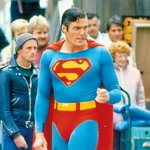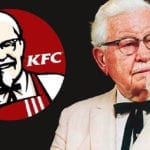 Technology
Technology  Technology
Technology  Humans
Humans 10 Everyday Human Behaviors That Are Actually Survival Instincts
 Animals
Animals 10 Animals That Humiliated and Harmed Historical Leaders
 History
History 10 Most Influential Protests in Modern History
 Creepy
Creepy 10 More Representations of Death from Myth, Legend, and Folktale
 Technology
Technology 10 Scientific Breakthroughs of 2025 That’ll Change Everything
 Our World
Our World 10 Ways Icelandic Culture Makes Other Countries Look Boring
 Misconceptions
Misconceptions 10 Common Misconceptions About the Victorian Era
 Mysteries
Mysteries 10 Strange Unexplained Mysteries of 2025
 Miscellaneous
Miscellaneous 10 of History’s Most Bell-Ringing Finishing Moves
 Technology
Technology Top 10 Everyday Tech Buzzwords That Hide a Darker Past
 Humans
Humans 10 Everyday Human Behaviors That Are Actually Survival Instincts
 Animals
Animals 10 Animals That Humiliated and Harmed Historical Leaders
Who's Behind Listverse?

Jamie Frater
Head Editor
Jamie founded Listverse due to an insatiable desire to share fascinating, obscure, and bizarre facts. He has been a guest speaker on numerous national radio and television stations and is a five time published author.
More About Us History
History 10 Most Influential Protests in Modern History
 Creepy
Creepy 10 More Representations of Death from Myth, Legend, and Folktale
 Technology
Technology 10 Scientific Breakthroughs of 2025 That’ll Change Everything
 Our World
Our World 10 Ways Icelandic Culture Makes Other Countries Look Boring
 Misconceptions
Misconceptions 10 Common Misconceptions About the Victorian Era
 Mysteries
Mysteries 10 Strange Unexplained Mysteries of 2025
 Miscellaneous
Miscellaneous 10 of History’s Most Bell-Ringing Finishing Moves
Top 10 Wild Facts About Iconic War Films
Few films are as gripping as those that attempt to realistically capture the horrors of war. If done right, a war film can become iconic, sweeping awards ceremonies and ingraining their lines, performances, and scenes into popular culture. If done wrong, they’re forgotten inside a decade.
As is true of so many things, there is much more to some war movies than meets the eye, or the screen. The following ten entries look back at some of the most iconic war films in cinematic history, detailing the little-known facts, controversies, and strife that occurred behind the scenes.
10 Downward Spiral
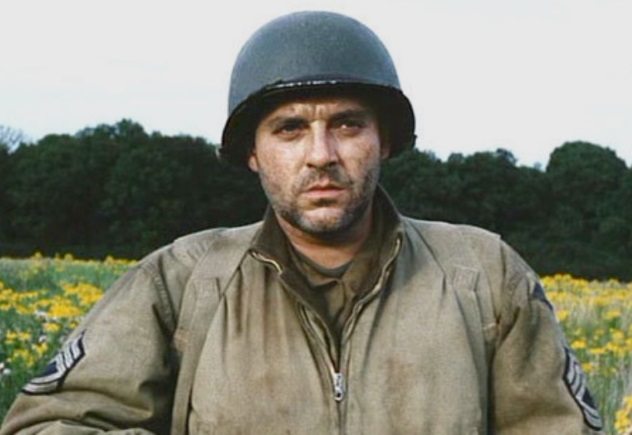
It’s no secret that actor Tom Sizemore has had his share of problems with drugs and alcohol. During the pinnacle of his career in the mid- to late 1990s, Sizemore was in and out of rehab, with his struggles publicized due to his debauchery and run-ins with the law. It was during this time when he received a call from Steven Spielberg, requesting to speak with him about the upcoming World War II drama, Saving Private Ryan. Spielberg insisted that the actor bring his wife to their meeting, where the director blatantly asked her, “Can Tom stay clean and sober?”
Despite promises that more often than not carry no merit, Spielberg agreed to cast Sizemore under one condition: His blood was to be tested on set every day during the production of the film, and if he were to fail the test once, his termination from the project would be immediate. If such an occurrence had befallen the production, his role was to be replaced by Billy Bob Thornton.[1]
In spite of Sizemore successfully completing the movie, his rap sheet continued to grow, with multiple charges including drug abuse and assault and battery against his ex, Heidi Fleiss. In November 2017, Sizemore was fired by his management firm and talent agency, and he was dropped as the male lead in an upcoming psychological thriller The Door after allegations surfaced that he sexually assaulted an 11-year-old girl in 2003.
9 Gibson vs. GLAAD
Mel Gibson’s epic 1995 film Braveheart, which depicts the First War of Scottish Independence against King Edward I of England, caused quite the stir prior to even being released on the silver screen. Gay activists suspected that the adventure flick was nothing more than a homophobic film that encouraged “gay-bashing.” Such rhetoric stemmed from one particular scene in which King Edward I killed the male lover of his son by throwing him out of a castle window. In addition, GLADD spokeswoman Sandy Boldner contended that Gibson was hostile toward homosexuals and that he had a history of anti-gay sentiment.[2]
The ill will between the two parties only escalated when GLAAD organized protests in nine cities against Gibson’s acting and directing. The movie star fiercely responded to the criticism, stating, “They can f— off” and that he’ll “apologize when hell freezes over.” Despite the colorful language and stern resentment, Braveheart was a box office success and won five Academy Awards, including Best Picture and Best Director.
8 Famous Faces
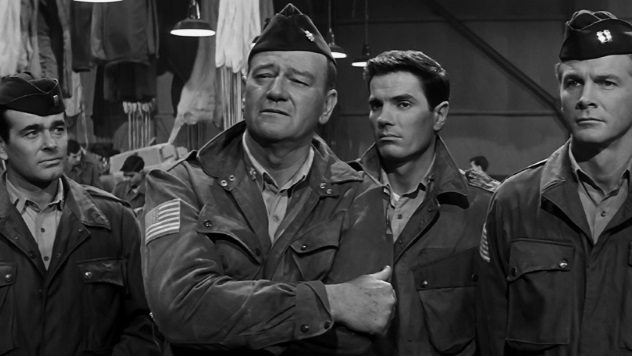
Darryl Zanuck was adamant about creating an anti-Hollywood war movie when he signed on to produce and direct The Longest Day, a 1962 film about the Allied invasion of Normandy. By stripping the distinctive glamour of battle that Hollywood often portrayed in films, Zanuck knew a picture detailing the actual dreadfulness of war would be a hard sell for audiences and studio executives. In order to fully immerse viewers, Zanuck cast as many A-list stars as possible. Ironically, the famous faces that were chosen—John Wayne, Henry Fonda, Robert Mitchum, Sean Connery, and Richard Burton—were so familiar that it became a constant distraction on-screen, making it difficult to convince viewers that the actors represented real people.
Interestingly enough, Dwight D. Eisenhower was approached by Zanuck, who offered the former president a starring role in which he would play himself. Eisenhower graciously declined, but he consented to a private screening. Eisenhower made good on his promise, albeit momentarily, storming out only a few minutes into the movie. It is unclear what triggered the former president and veteran, but he was not to be deterred. “Ike, you can’t do that,” his wife Mamie stated, to which he replied, “The hell I can’t!”[3]
7 Ultimatum
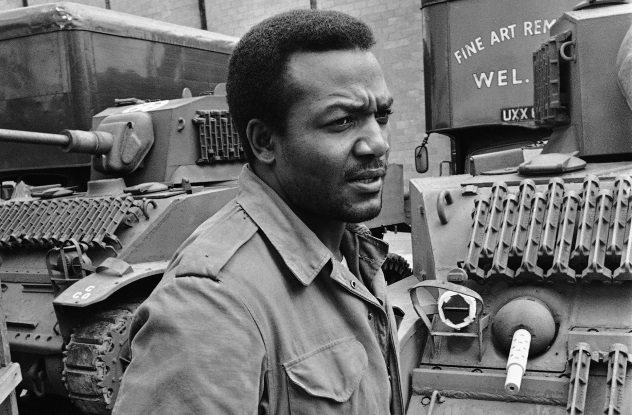
Record-setting Hall of Famer Jim Brown was at the peak of his career in 1966, when he stunned the sports world by announcing his retirement from the NFL. The sudden, unforeseen departure for the 29-year-old was one rooted in a harsh ultimatum that accelerated his movement into a life he was already seeking.
While in London filming The Dirty Dozen, a World War II film starring Lee Marvin, Ernest Borgnine, and Charles Bronson, production ran longer than expected, causing Brown to become embroiled in a public dispute with his team’s owner, Art Modell. Modell informed Brown that he would be fining the athlete $100 for every day that he did not report to camp. According to Brown, he had “no bargaining power,” leaving him no choice but to quit the NFL “with regret but not sorrow.”
On July 14, 1966, Brown held a press conference on the set of the film, clothed in military fatigues and speaking in front of a tank: “My original intention was to try to participate in the 1966 National Football League season. But due to circumstances, this is impossible.” An unexpected end to an astonishing and revered football career.[4]
6 Nixon’s Pastime
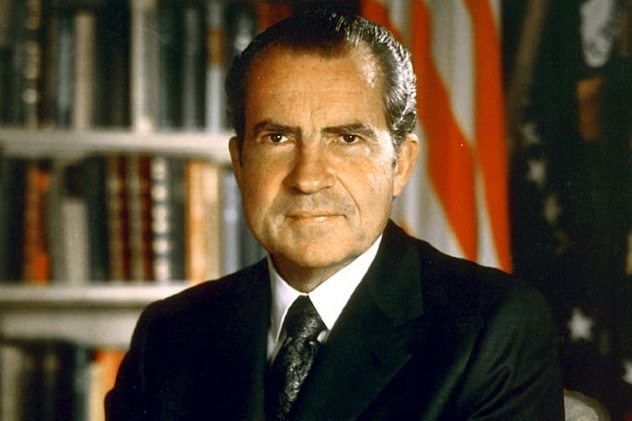
One of the most cherished pastimes of former US president Richard Nixon was his obsession and eagerness to be entertained by the silver screen. In the five years that he served as president, the staunch movie buff watched a total of 538 films in the screening room at the White House. Aside from foreign films, which he despised, Nixon was attracted to all types of genre, including movies that blatantly mocked him.
In all the years, Nixon walked out on only one film, West Side Story, given the fact that he “couldn’t stand the propaganda.” Although he avoided R-rated films for the most part, one of his favorite movies was 1970’s Patton, starring George C. Scott as the revered US General during World War II. In fact, Nixon’s fixation with the film was so ardent that he famously watched it repeatedly prior to announcing his invasion of Cambodia in 1970. Many viewed this act as indicative of a warmongering president who was hell-bent on embracing and perhaps channeling General Patton’s battle tactics and fearlessness during a contentious and volatile time in American history.[5]
5 Wasted Talent
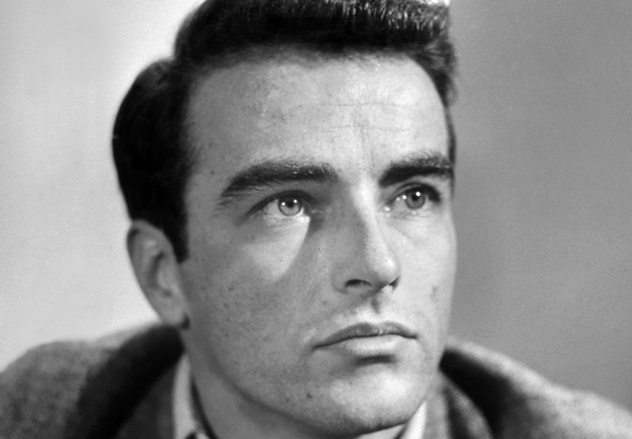
Considered Hollywood’s first true Method actor, Montgomery Clift immersed himself in every role, creating an exceptional standard never before seen in the industry. The extraordinary gift to lose himself in a character merely shielded him temporarily from the profound unhappiness he was silently battling all his life.
Unable to come to terms with his homosexuality, Clift’s alcoholism, drug abuse, and bizarre behavior began to boil over while working on the 1953 box office smash From Here To Eternity, co-starring Burt Lancaster and Frank Sinatra. During filming, Clift formed a close friendship with Sinatra, whom he talked out of committing suicide when the musician became despondent after being rejected by Ava Gardner. Their friendship would come to an abrupt end when an inebriated Clift was thrown out of a party hosted by Sinatra after the actor made sexual advances to another male.
His drug and alcohol addictions only intensified during the movie’s production and progressively worsened after filming concluded. A near-fatal car crash in 1957 left him physically maimed, tremendously scarring the vain actor psychologically. Clift died at the age of 45 of a heart attack on July 23, 1966.[6]
4 All Quiet On The Western Front
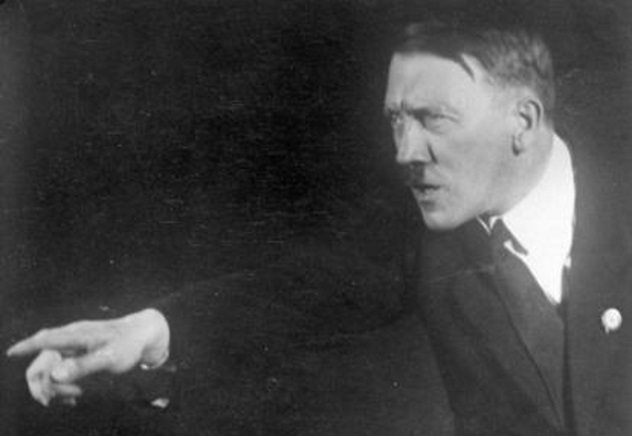
The 1930 film All Quiet On The Western Front is an unflinching adaptation of Erich Maria Remarque’s anti-war novel about the horrors of the World War I. Not surprisingly, the movie was banned in Germany for being “anti-German” and also in Poland, where it was ironically deemed “pro-German.” Prior to its expulsion in Germany, however, Nazi thugs took to the cinemas, where they released snakes, rats, and stink bombs in protest of the screenings. Hitler was said to be infuriated due to the film’s anti-war, anti-nationalism theme, fearing a wave of pacifism would sweep Germany.[7]
The novel’s author was forced to leave his home country due to the relentless maltreatment he received from the Nazi party. Upon Remarque’s departure, the Nazis confiscated all the money in his bank accounts and held public rallies burning his books. In spite of the harsh treatment he was subjected to, Remarque was undoubtedly fortunate to escape with his life as opposed to the millions who would die in the coming years.
3 A Production From Hell
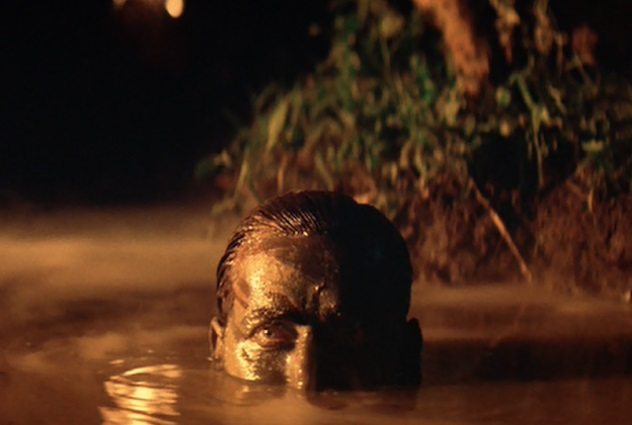
It’s difficult to picture the fact that Francis Ford Coppola’s masterpiece Apocalypse Now almost never came to fruition, given the legendary struggles that occurred during production. Over a period of 16 months, cast and crew experienced personal hardships that nearly led them to the brink of insanity. On the first day Marlon Brando was scheduled to shoot his scenes, he arrived on set never having read the script and 40 kilograms (88 lb) overweight. Drug use was rampant among the cast, who overindulged, including a 14-year-old Laurence Fishburne, who was supposedly introduced to heroin by his costar Dennis Hopper.
Actor Sam Bottoms confessed that he was high on pot, speed, or LSD during much of the filming of his scenes. If things couldn’t get any more dysfunctional, lead actor Martin Sheen—who was struggling with alcoholism and often filmed while in a chaotic state of immense inebriation—suffered a heart attack, leaving the production in a state of limbo.[8] Believing his film was going to be a $20 million disaster, Coppola admitted to his wife that he was contemplating shooting himself. In the end, what was expected to be a colossal failure became an epic accomplishment in cinematic history, earning around $150 million worldwide.
2 ‘The Lizard King’
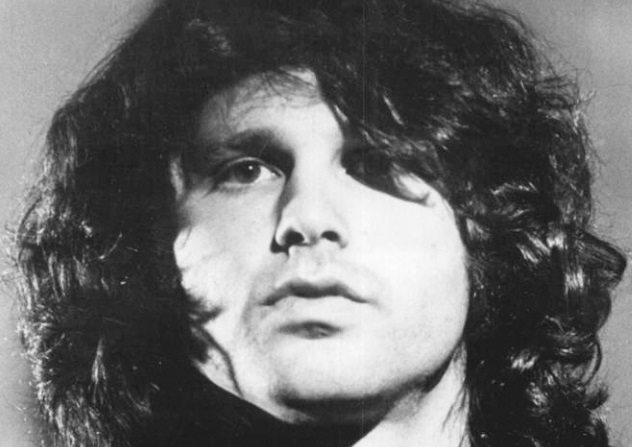
1986 was an emotional year for Oliver Stone. After years of struggling to make a name for himself as a director, Stone was officially accepted among Hollywood’s elite with the release of his nationally acclaimed film Platoon. The low-budget movie about the war in Vietnam starring Charlie Sheen went on to win four Oscars, including Best Picture and Best Director.
Interestingly enough, Stone wrote the screenplay 17 years prior to its release, focusing heavily on mythology before its adaptation into a more realistic war drama. What’s even more fascinating is who Stone had in mind to play the main character: rock ‘n’ roll superstar and lead singer of the Doors, Jim Morrison. In fact, Stone was so fixated on having his idol star as the lead in his film that he sent the musician an early draft of Platoon, with the hopes of persuading Morrison to sign on.
Two years later, “The Lizard King” would be found dead in a bathtub in his Paris apartment with the screenplay Stone had sent him sitting nearby. Eerily enough, the script was returned to Stone in 1990 when he was making the film The Doors.[9]
1 Russian Roulette
In 1981, psychiatrist Dr. Thomas Radecki wrote to the general manager at WFLD-TV in Chicago, urging the station to edit the Russian roulette scenes in The Deer Hunter, which was scheduled to air the following week. In the 1978 classic, Vietnam POWs, played by Robert De Niro and Christopher Walken, are forced by Vietnamese guards to play the sadistic “game” in a gambling den.
What Dr. Radecki feared was that the infamous scenes would inspire real-life imitators, given that there had been 28 shootings and 25 confirmed Russian roulette deaths in the United States since the release of the film. Dr. Radecki’s pleas fell on deaf ears, leading to the deaths of Ted Tolwinski, 26, and David Radnis, 28 who shot themselves at their tables after seeing the movie.[10]
More than 30 years later, delusional copycats on a suicide mission continue to emerge. In 2015, 20-year-old movie buff Bryan Javier Soto Aguilera saw the film and then blew his head off while reenacting the dangerous game of chance.
Adam is just a hubcap trying to hold on in the fast lane.
For more facts about memorable movies, check out 10 Lesser-Known Facts About Popular Horror Movies and 10 Ridiculous Facts About ‘The Room’: The Best Bad Movie Ever Made.



